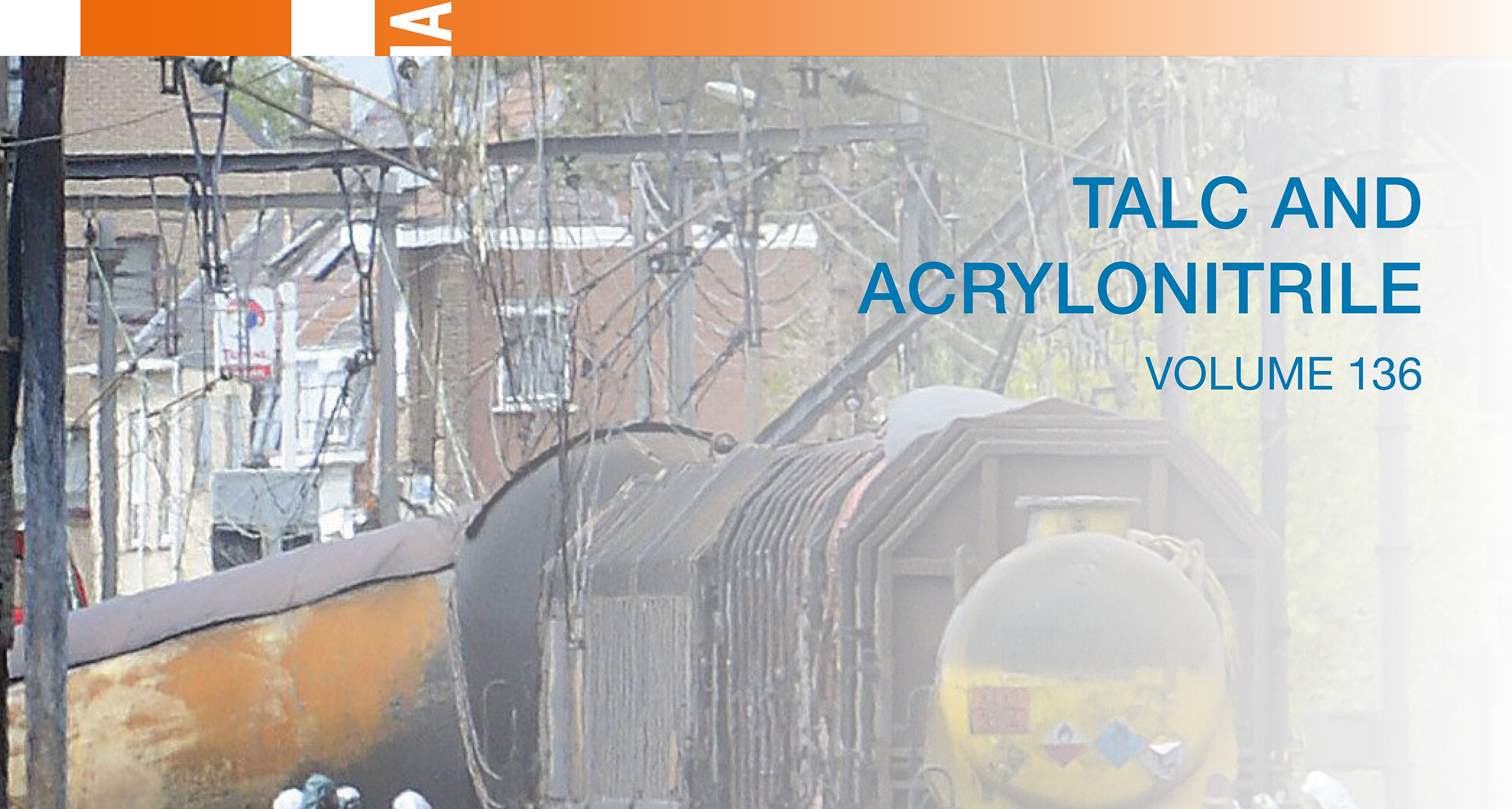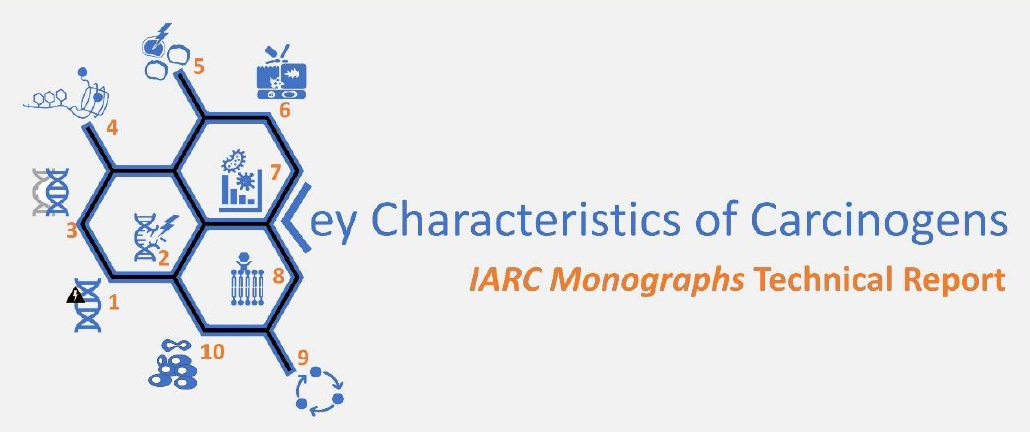More
24 March 2023
Volume 133: Anthracene, 2-bromopropane, butyl methacrylate, and dimethyl hydrogen phosphite
We are pleased to announce that the results of the recent IARC Monographs evaluation of the carcinogenicity of anthracene, 2-bromopropane, butyl methacrylate, and dimethyl hydrogen phosphite have now been published in The Lancet Oncology. This summary article presents the conclusions of IARC Monographs Meeting 133.
Two of these agents – 2-bromopropane and butyl methacrylate – were evaluated by the Working Group for the first time.
2-Bromopropane is a solvent used in dry cleaning and in adhesive production and application, and it also occurs as an impurity of 1-bromopropane (used since the 1990s as a substitute for ozone-depleting solvents).
Anthracene is a high-production-volume polycyclic aromatic hydrocarbon that is mainly used as an intermediate in the manufacture of dyes and pigments, pyrotechnics, coatings, wood preservatives, pesticides, and organic chemicals. Also formed by tobacco smoke, biomass burning (indoor and outdoor), traffic and industry emissions, and contaminated food; it is ubiquitous in the environment and a widespread environmental pollutant.
Butyl methacrylate is a high-production-volume chemical used in coatings, polyvinyl chloride plastics, polypropylene non-woven materials, glues, caulks, inks and paints, pesticides, and health-care materials.
Dimethyl hydrogen phosphite is a high-production-volume chemical used as an intermediate in the manufacture of adhesives, lubricants, pesticides, and pharmaceuticals, and as a stabilizer in oil and plaster, a steel corrosion inhibitor, and a flame retardant.
For all agents, data on exposure levels were sparse. No epidemiological studies on cancer in humans were available for any of these agents. The Working Group classified anthracene, butyl methacrylate, and dimethyl hydrogen phosphite as possibly carcinogenic to humans (Group 2B) on the basis of sufficient evidence for cancer in experimental animals and limited or inadequate mechanistic evidence. 2-Bromopropane was classified as probably carcinogenic to humans (Group 2A) on the basis of sufficient evidence for cancer in experimental animals (noting an unusually high degree of carcinogenic activity) and strong mechanistic evidence in experimental systems, supported by suggestive mechanistic evidence in exposed humans.
The full scientific assessment will be published as Volume 133 of the IARC Monographs.
Cattley RC, Kromhout H, Sun M, Tokar EJ, Abdallah MA-E, Bauer AK et al.,
Carcinogenicity of anthracene, 2-bromopropane, butyl methacrylate, and dimethyl hydrogen phosphite
Lancet Oncol, Published online 23 March 2023;
https://doi.org/10.1016/S1470-2045(23)00141-9
Read the article
Read the Q&A
View the infographic
Other news

IARC Monographs Volume 136: Talc monograph now available
The monograph on talc, the first monograph in IARC Monographs Volume 136: Talc and acrylonitrile,...
30.06.2025
Read more

IARC Monographs Newsletter Issue No. 12
We are pleased to announce the publication of the 12th issue of the IARC Monographs newsletter. ...
30.06.2025
Read more

Key Characteristics-associated End-points for Evaluating Mechanistic Evidence of Carcinogenic Hazards
An IARC Monographs Technical Report
We are pleased to announce the publication of a new Techni...
30.06.2025
Read more